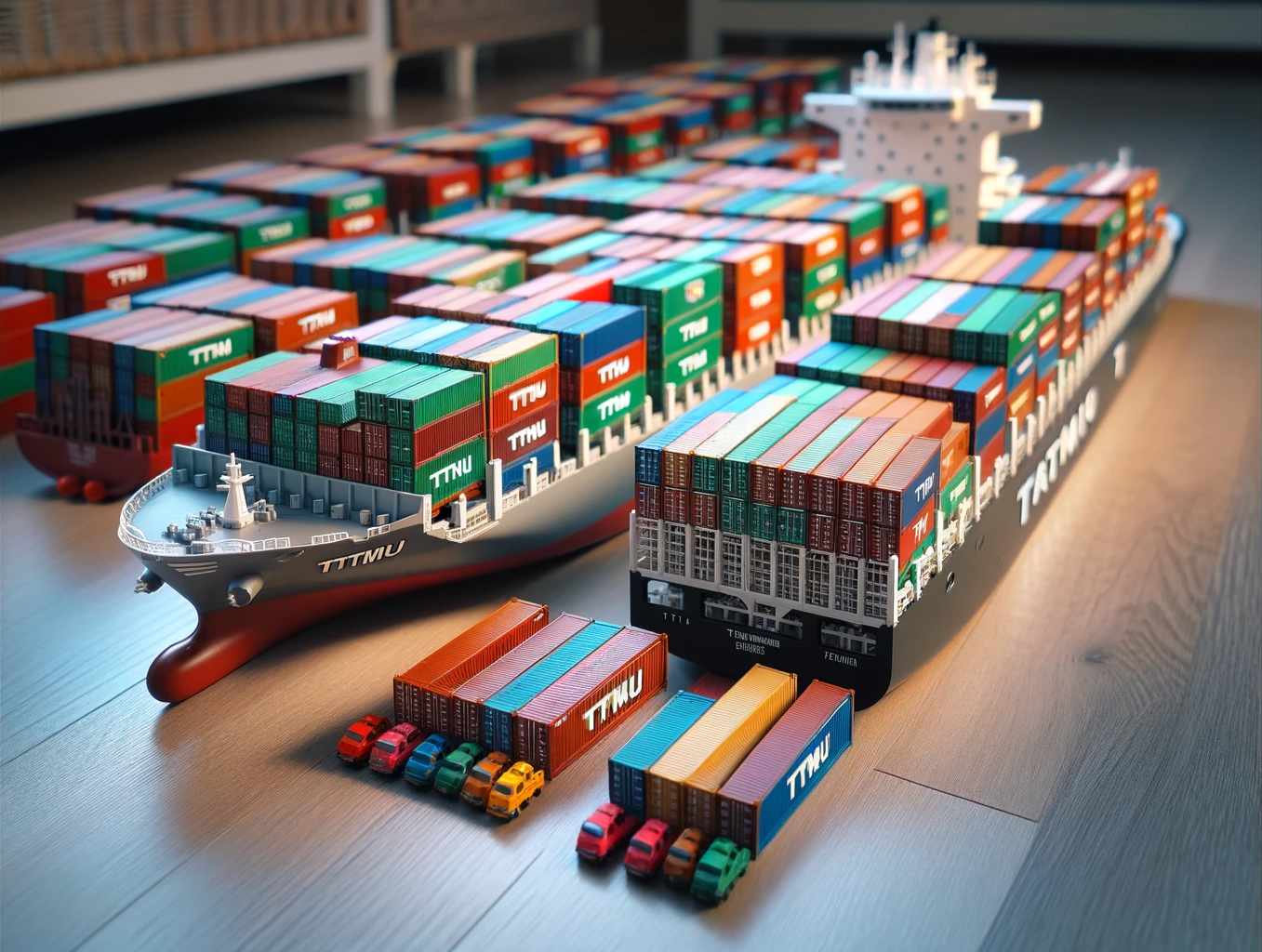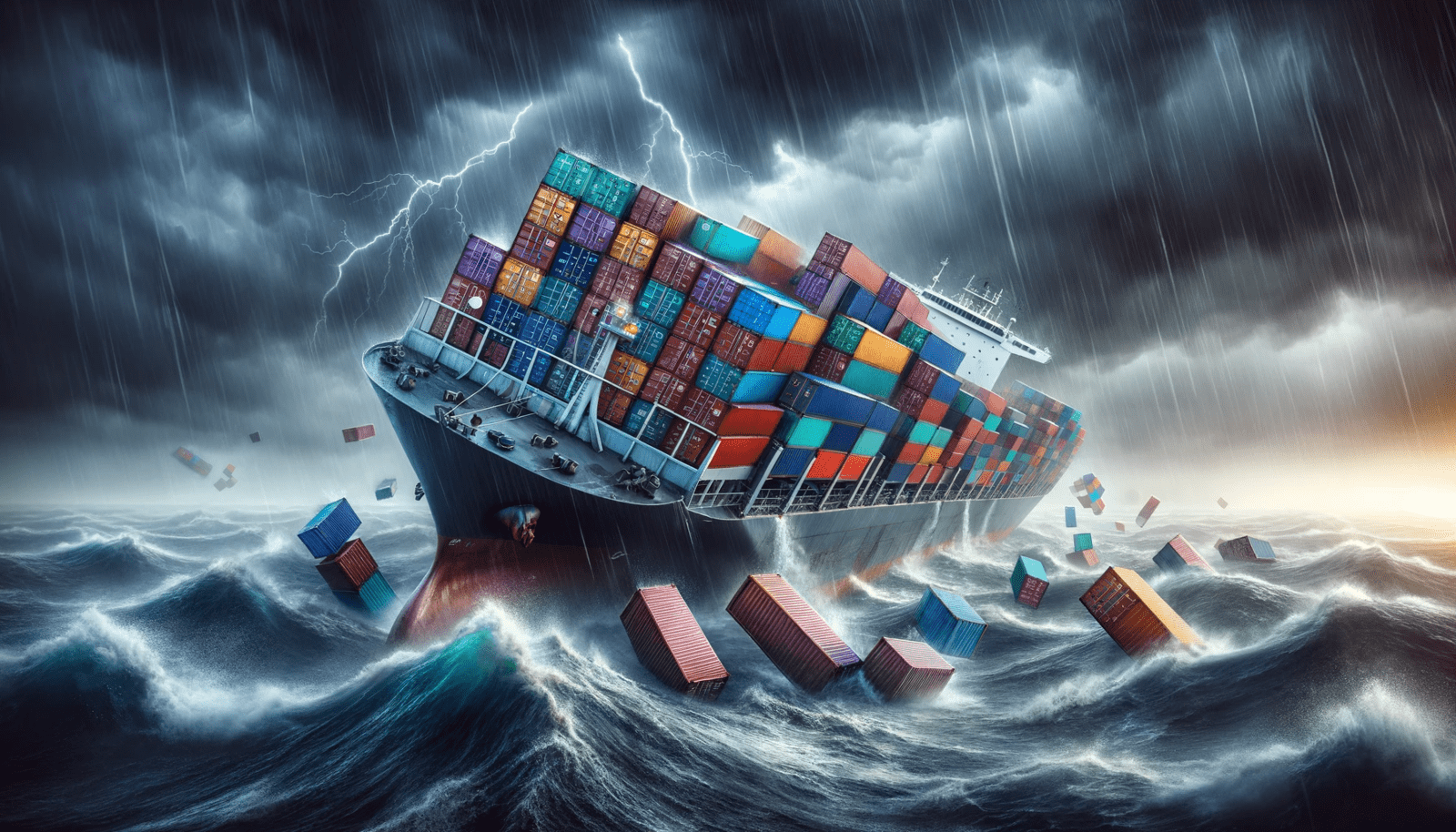
Introduction:
The sight of massive shipping vessels traversing the globe's oceans is a testament to the efficiency and complexity of modern logistics. But have you ever wondered how these colossal ships are loaded? The process is an intricate ballet, combining precision, strategy, and advanced technology. This article pulls back the curtain on the fascinating world of loading shipping vessels, a critical step in the journey of goods around the planet.
The Importance of Loading Vessels Correctly:
The loading process is not just about maximizing space. It's a critical operation that ensures the safety of the crew, the vessel, and the cargo. Incorrect loading can lead to imbalances, causing the ship to list or pitch excessively, which can be dangerous in rough seas. Additionally, efficient loading and unloading operations are crucial in maintaining the tight schedules of global trade.
Understanding the Basics:
Before delving into the complexities, it's essential to grasp the fundamentals of shipping vessels. These maritime giants vary in size and type, ranging from container ships and bulk carriers to tankers and Ro-Ro (Roll-on/Roll-off) ships. Each vessel type has unique loading requirements, influenced by its design, cargo, and the route it will traverse.

The Loading Process:
- Stowage Planning: Before a single container touches the vessel, a stowage plan is created. This plan considers cargo weight, destination, and type (e.g., refrigerated, hazardous materials). Specialized software is often used to optimize space and balance.
- Safety and Compliance Checks: Cargo must adhere to international safety standards. Hazardous materials need special handling and stowage, while weight limits must be strictly observed to maintain the ship's stability.
Arrival and Inspection:
- Vessel Inspection: Upon arrival, the ship is inspected for seaworthiness, and any necessary adjustments to the stowage plan are made.
- Safety Checks: Safety protocols are reviewed, especially for hazardous materials.
Loading the Vessel:
- Container Arrival and Inspection: Containers arrive at the port via trucks, trains, or barges. Each container undergoes an inspection for structural integrity and proper labeling, especially for hazardous materials.
- Use of Cranes and Equipment: Massive gantry cranes, some towering over 100 feet tall, lift containers with precision. These cranes are operated by skilled professionals who synchronize their movements with ground teams for safe and efficient loading.
- Container Loading: Containers are brought from the stack yard using straddle carriers or trucks. Cranes then lift and place them onto the ship, following the stowage plan.
- Securing the Cargo: Once in place, containers are secured using locking mechanisms to prevent movement during transit.
- Balancing the Load: The load is distributed evenly to maintain the vessel’s stability. This is crucial to prevent listing or capsizing.
- Port Logistics: Cooperation with port authorities and terminal operators is essential. This includes scheduling berth times, arranging necessary equipment, and ensuring compliance with local regulations.
- Labor and Equipment: Employing skilled labor and appropriate equipment, such as gantry cranes for containers and conveyor systems for bulk cargo, is crucial.

Balance and Stability:
- Ballasting: Adjusting the ship's ballast water is vital for maintaining stability. Ballast water is taken in or discharged to keep the vessel level and stable during the voyage.
- Weight Distribution: Ensuring that the weight is evenly distributed across the vessel prevents listing and maintains maneuverability.
Safety and Compliance:
- Hazardous Materials: Special procedures are followed for dangerous goods, including isolation and security measures.
- Regulatory Compliance: Adhering to international regulations like the SOLAS (Safety of Life at Sea) and MARPOL (Marine Pollution) conventions.
Documentation and Departure:
- Finalizing Documentation: The ship’s manifest is updated with the loaded cargo details. This documentation is vital for ports of call and customs.
- Setting Sail: Once loading is complete and all checks are done, the vessel is cleared to depart.
Technology in Action:
- Advanced Software: Modern ships use sophisticated software for stowage planning. These programs calculate optimal placement for containers, considering weight distribution and port rotation.
- Real-time Monitoring: Many vessels are equipped with systems to monitor the condition of sensitive cargo, such as refrigerated containers, ensuring they remain at the correct temperature throughout the journey.
Challenges in Loading:
- Weather Conditions: Adverse weather can significantly impact loading operations. High winds or rough seas can halt the loading process, causing delays.
- Port Limitations: Some ports may lack adequate infrastructure, limiting the size of vessels they can accommodate or the speed at which they can be loaded or unloaded..
Handling Varied Cargo:
- Beyond Containers: Not all cargo fits into containers. Break-bulk cargo, like machinery or lumber, requires different handling and stowage techniques. These are often secured with straps, chains, or nets.
- Roll-On/Roll-Off (RoRo) Ships: Vehicles and machinery are driven directly onto RoRo ships, which have built-in ramps and decks designed for wheeled cargo.
Conclusion:
Loading a shipping vessel is a complex, carefully orchestrated process, blending traditional maritime knowledge with modern technology. It's a testament to human ingenuity and our unceasing quest to connect the world through trade. As you watch these giant vessels glide across the ocean, remember the meticulous planning and hard work that goes into preparing them for their journey.


